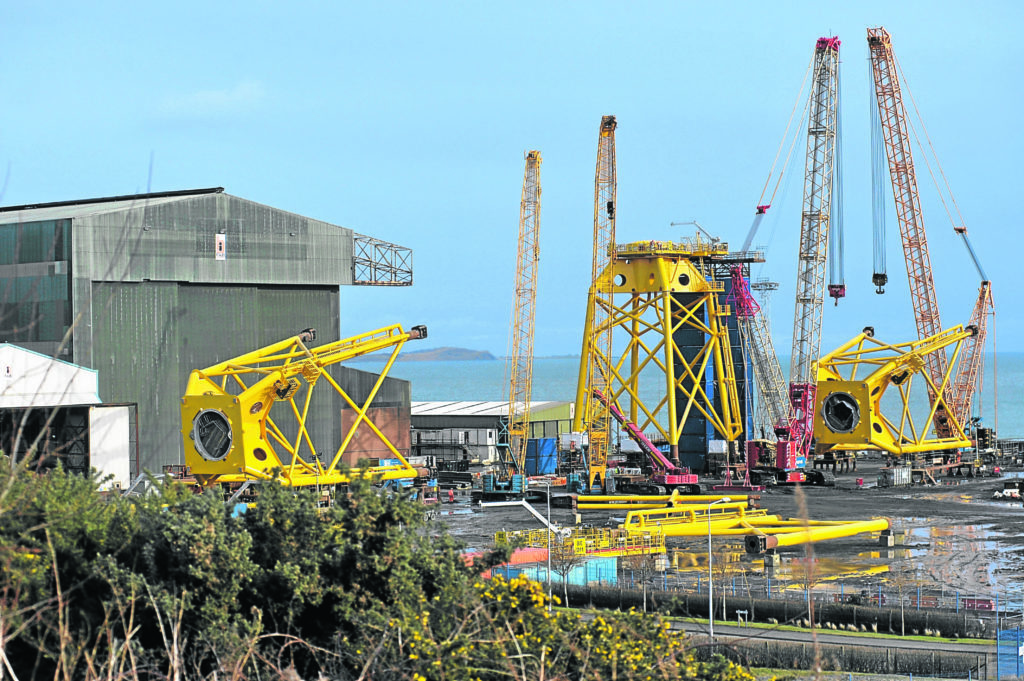
Going through old papers, as one does at times like these, I came across a story I wrote in the mid-1970s about the prospects for an oil refinery in Easter Ross. How time flies.
It was a long-running saga with strong emotions on both sides of the argument. This particular story followed a decision by Willie Ross, then Secretary of State for Scotland, to overrule the outcome of a public inquiry and give consent for the refinery.
The rest is history, or not as the case may be. The refinery was never built. The company behind it was a subsidiary of National Bulk Carriers, privately owned by Daniel K Ludwig, one of the world’s richest men whose principal business was supertankers.
By the time consent was granted, the world was in the middle of an oil price slump. Ludwig had many interests including development plans for a patch of Brazilian jungle the size of Connecticut which was probably even more problematic than gaining consent in Easter Ross. His caravan moved on.
This memory jog encouraged me to scan the bookshelves for a slim volume called Cromarty, The Scramble For Oil, written by George Rosie a couple of years earlier in the midst of the astonishing land rush that embraced Easter Ross in the early 1970s.
“In the space of a few years,” Rosie wrote, “an economy which had coasted along very modestly on a mixture of farming, the aluminium smelter, some light industry and small-scale navy servicing had been transformed… The quiet backwater of the Cromarty Firth had moved into the centre of a massive economic and industrial game which was being controlled in Houston, London, Paris and Milan.”
While the Cromarty Firth was the epicentre of this speculation in sites for oil-related development, the same thing was happening around the Scottish coast. Fortunes were to be made for construction giants if they could find the magic formula – a deep water loch, planning consent and an order to build a concrete oil platform.
It was madness. By the time the incoming Labour government tried to bring order to the chaos by designating a small number of sites, the boom had largely passed. Most of the sites only ever built one platform. Portavadie in Argyll, as I recall, built none at all.
This could have been the basis for a sustainable industry through investment in a couple of yards that would adapt to the changing needs of the North Sea and other energy related sectors. Instead it petered out, leaving little but dashed hopes and post-industrial dereliction. For a few places, it was good while it lasted – but it didn’t last long.
Apart from being relevant history, the lessons of that period might usefully be learned from at the present time. Renewable energy has offered a far bigger, more long-term opportunity for Scottish industry than concrete platforms or mythical oil refineries did in the 1970s. Yet the failure to grasp it has been monumental.
The first critical lesson from that period is unless the infrastructure exists, the work cannot be done in Scotland. At that time, the scramble for sites was unco-ordinated, disruptive and destined to bring disappointment. But at least there was an understanding that you could not carry out the work in Scotland if the investment was not made in public and private infrastructure.
Fast forward and in anticipation of the offshore wind bonanza in Scottish waters, there has been virtually no investment in infrastructure so that, even if developers wanted to do the major work here or are open to persuasion, the capacity does not exist. Our indignation is therefore reserved for how many or how few crumbs can be salvaged.
Even before offshore wind, we saw Scotland littered with thousands of wind turbines, virtually all of them imported. Time and again, particularly in the Salmond era, we were assured that such-and-such an international company was about to invest in manufacturing capacity in Scotland. It never happened but the lesson was not learned.
Sometimes governments have to speculate in order to accumulate. It remains to me a mystery why so little was done to ensure that the Fife yards, Methil – which the Scottish Government owns – and Burntisland, in which it has invested heavily, were not made ready for the offshore wind boom. Without investment, there was never going to be the slightest sniff of a “second industrial revolution”.
Now, as we look beyond the current time of pandemic, there is much talk of infrastructure projects leading the way towards economic recovery which is what has happened in response to past recessions from the 1930s onwards.
Here surely is the opportunity – nay, necessity – for past omissions to be corrected.
The private sector should be encouraged and incentivised to come forward with big green energy projects with the dual virtues of creating employment and addressing zero carbon targets. At the same time, if a decent proportion of this work is to be done in Scotland, the public sector should stop waiting for someone else to arrive and put its own resources into creating the missing infrastructure.
Wise governments look beyond the short term. For too long, we were conditioned to believe that the kinds of work that used to fuel the Scottish economy could be done more cheaply in other countries, so there was little point in trying to compete. That was always a mistake because the economics of this Dutch auction are ever-changing.
We need more sticks to force developers to carry out work close to the places where they are going to make their money – the rationale for the 1970s boom, driven by extremely effective government arm-twisting.
But we also need the carrot in the form of state-of-the-art facilities which so far Scotland has neglected to provide.
Brian Wilson is a former UK energy minister
Recommended for you
